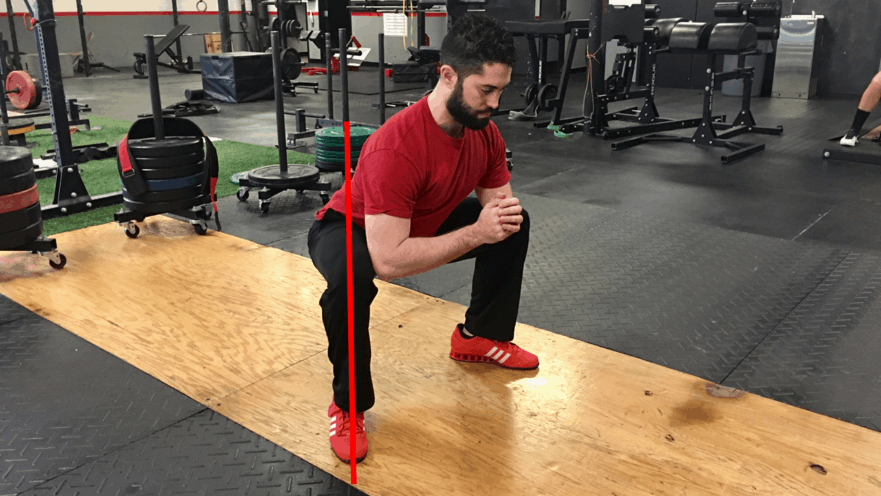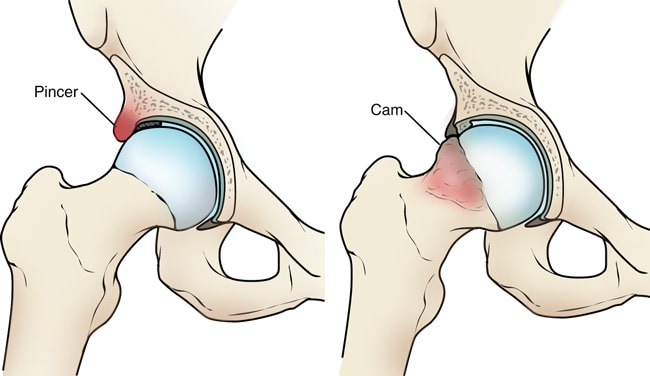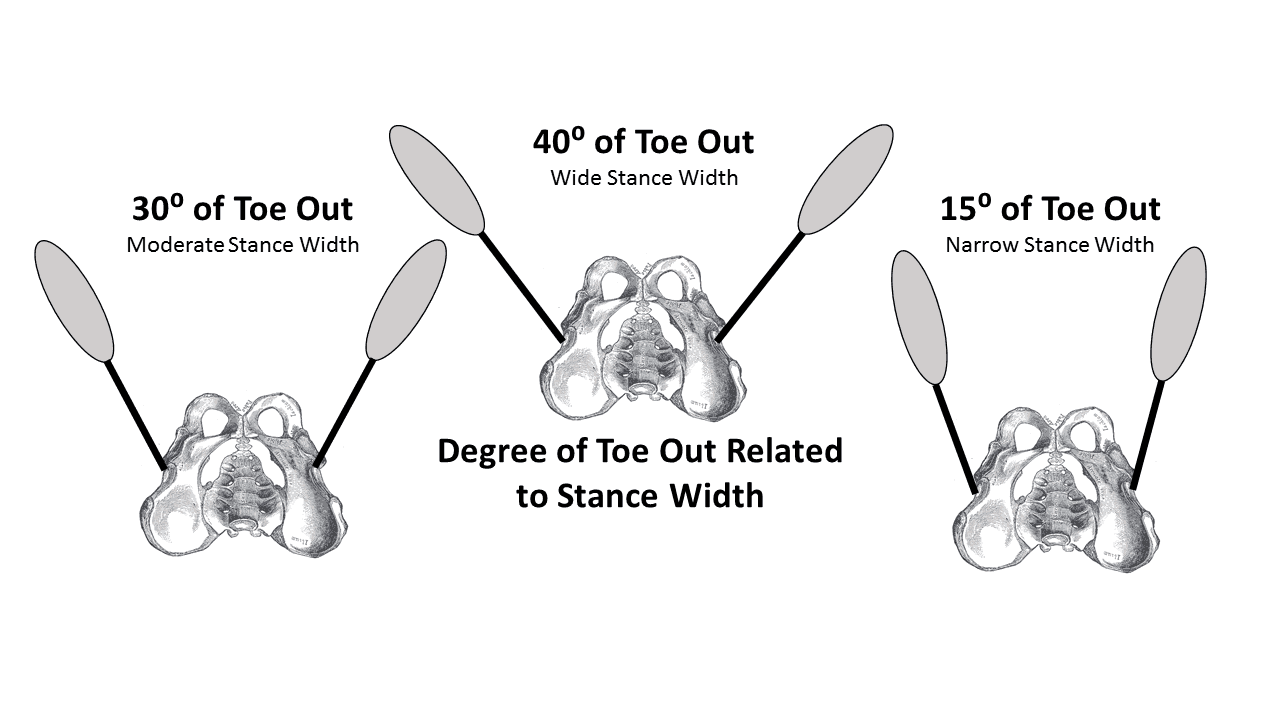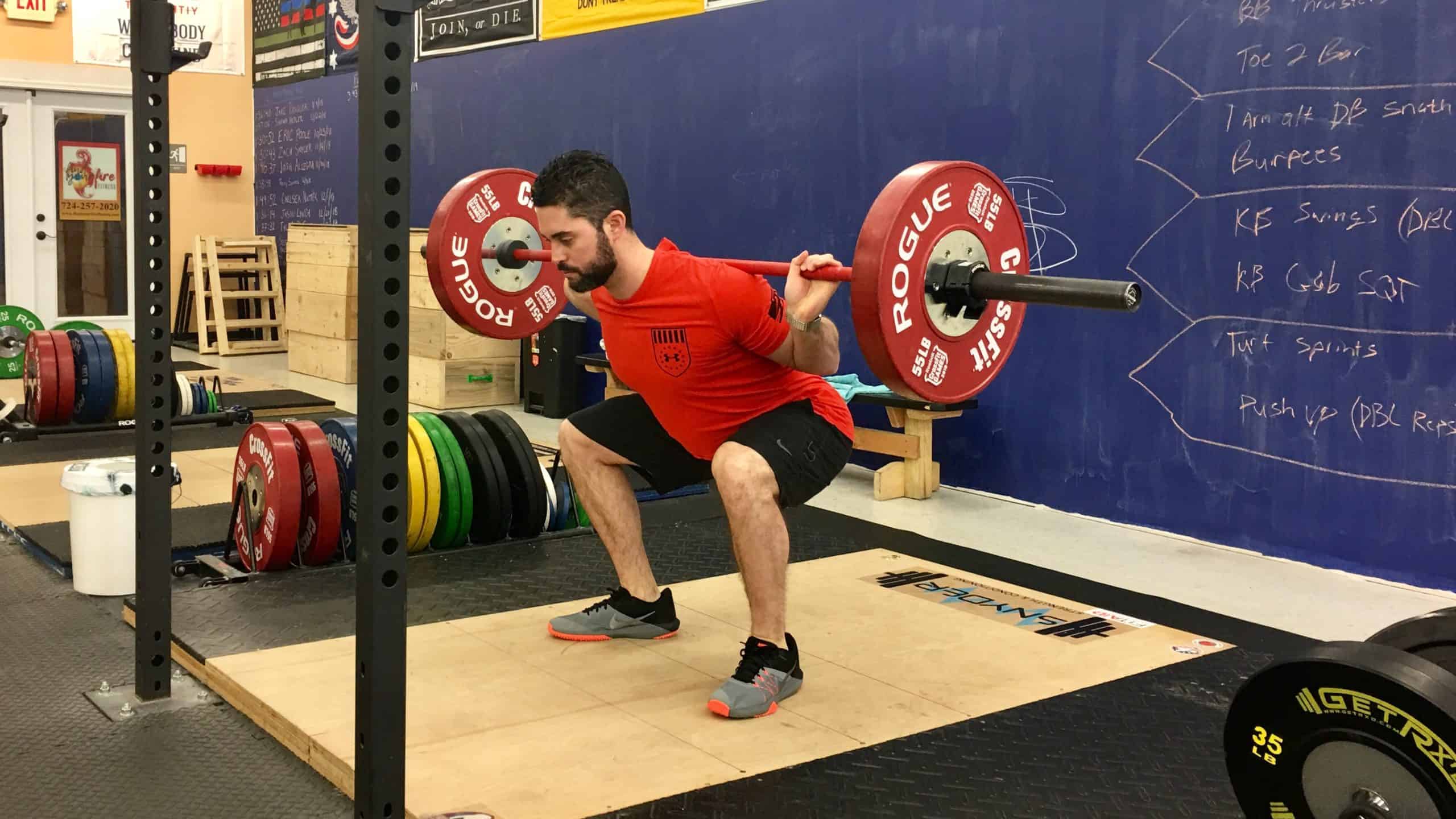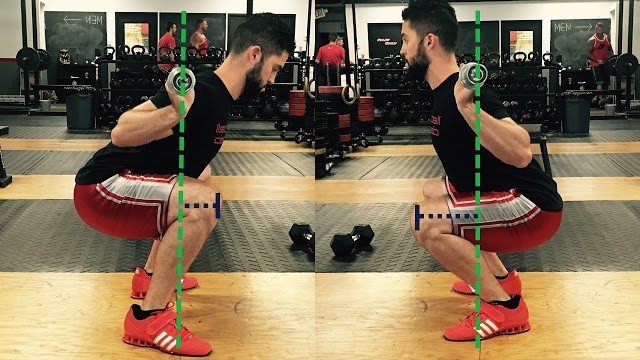How to Effectively Screen the Squat
How do you know if your client is “safe” to squat? Whether you’re a physical therapist or a strength coach, it’s important to know this before you begin loading things up! Here’s how to perform and effective squat screen!
What is a Screen Anyways?
In layman’s terms, a screen is essentially a test performed to detect potential health issues or diseases in people that do not have any symptoms. The goal of an effective screen is to detect potential problems down the road and thus intervene early to prevent the negative effects.
While this can be effective in the medical community to reduce risk of future disease, how can we apply it to the squat?
An Effective Movement Screen
While there are different ideas on how to effectively screen movement in order to detect potential “problems,” most often they fail at providing any useful information.
As we know, pain is a very multidimensional experience, so it’s difficult to say that someone with “tight” hamstrings will be at increased risk of back pain, or someone with limited hip internal rotation will be at risk of hip pain. So how do we “tease out” what really matters?
How to Screen the Squat
Here’s the truth. The best way to effectively “screen” the squat in an asymptomatic individual is NOT an orthopedic joint by joint assessment. It doesn’t include flexibility testing of the hip flexors, hamstrings, ankles, or shoulders. It doesn’t include testing anterior core control or testing for sufficient glute medius activation.
An effective screening test for the squat…is to have the patient perform a squat! If the patient can perform the squat without pain, you can load the squat! DONE!
Mobility is Situationally Dependent
An effective movement screen does NOT need to be a joint by joint approach. If the client can perform the movement pain-free, it’s time to load it!
If the client can perform the movement pain-free, that means they have all of the mobility requirements to perform the task at hand. No further testing is necessary at this point!
What’s the harm in further testing? Well it’s very possible you may pick up certain mobility “dysfunctions” that may not even matter and may not even be relevant to the task at hand. Mobility is task specific!
The last thing you want to tell your client after they successfully perform a pain-free body weight squat, is that they have a whole slew of issues that could potentially lead to problems down the road.
So what if they have “tight” hamstrings? We know that hamstring length doesn’t change that much during the squat, so this is irrelevant to the task at hand!
“Thorough” movement screens can often induce a nocebo effect, creating negative expectations and fear. The bottom line? An effective screen is going to be task specific. Performing the task itself is the screen!

What to Do When Pain is Involved?
So we’ve already determined that the best “screen” for a squat is actually performing a squat. What do you do if the client does have pain? Often times a simple form modification is all that is needed in order to eradicate the pain.
Try slightly altering stance width and degree of toe out. Sometimes due to different bony anatomy (mainly at the hip), the client will be able to immediately perform the bodyweight squat pain-free.
If the client still has pain with these simple modifications, it’s probably best to refer out to a physical therapist who CAN perform a thorough joint-by-joint orthopedic assessment!
Conclusion
A pain-free body weight squat serves as the most effective screen for the squat! In this case, there is no need to perform any thorough orthopedic assessment or specific flexibility testing before loading the squat.
If the client DOES have pain with the bodyweight squat that is not easily eradicated with form modification, this is the time to refer out for more specific orthopedic testing!

